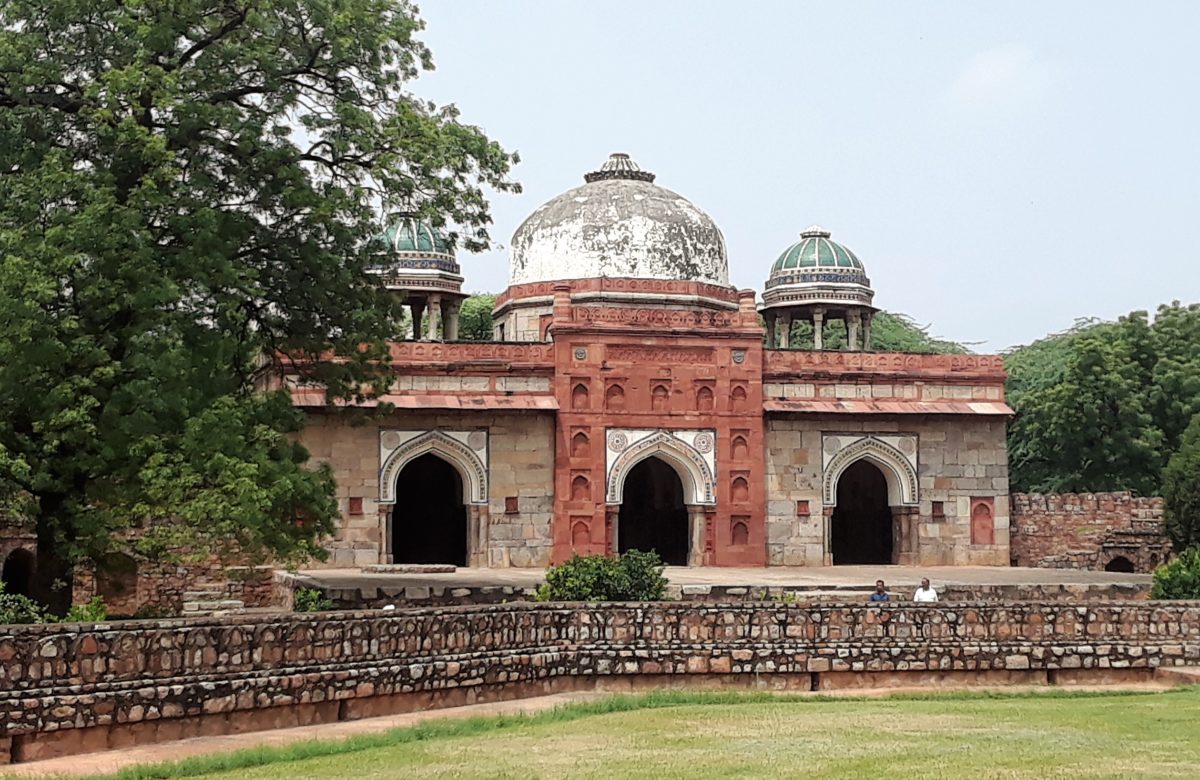
COMING NEXT –
VICTORIA FALLS, ZIMBABWE
Victoria Falls, Zimbabwe, one of the Seven wonders of the world. The coming series will be about Victoria Falls before COVID-19 and the effect that the pandemic has had on this tourist community since the virus.
Victoria Falls is one of the most vibrant tourist communities on the planet. Its sole reason for existence is to serve the tourists that come from all over the world to see the majesty of the falls. There are luxury hotels and luxury safari camps, you can walk with elephants and walk with lions, bungee jump into the Gorge at the bottom of the falls, zip line across a lagoon full of crocodiles and eat wonderful food. These are just of the things that you can do on any given day in Victoria Falls pre-coronavirus. Yet since the pandemic and the lockdown in Zimbabwe and especially in Johannesburg, South Africa which Victoria Falls depends on as a regional hub for air traffic, Victoria Falls is now a ghost town. With my good friend Melanie Mostert (africanizedmc@gmail.com), a luxury travel consultant based in Victoria Falls, we will explore Victoria Falls before the virus and after the virus.
The town is waiting for your return and we hope to intrigue you not only to visit but also to consider the effect a lock down on a third world country that depends totally on tourism. There will be good stories, great photographs, and a lot of human interest. I hope you enjoy.







You must be logged in to post a comment.